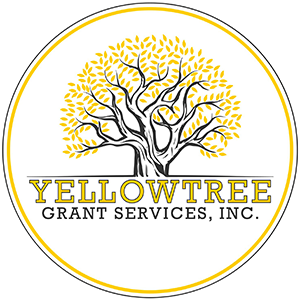Developing a Grant Strategy
It goes without saying that finding funds is an ongoing concern. A grant strategy helps organizations figure out which funders and opportunities are possible sources of revenue to sustain their programs. By taking a proactive approach, organizations benefit from targeted grant searches, a dedicated calendar to keep track of deadlines, and better preparation to develop their applications.
A grant strategy actually begins with understanding your organization’s goals and priorities. Ideally, your organization undertakes an annual strategic planning activity to set overall goals and to develop a plan to achieve them—including having a sense of how much money is needed and for what purpose. This information is key to developing a targeted approach to finding the funders and opportunities to pursue.
Looking for funding can be overwhelming. Like conducting any research, identifying keywords and phrases for your priority projects, programs or services will help. Key sources to look for funds include:
Central Listings (e.g., www.ontario.ca/page/available-funding-opportunities-ontario-government)
Funder Alerts (available from some funders, e.g., the Vancouver Foundation and the Trillium Foundation)
Funder newsletters and bulletins
“Google” and social media searches
Grant and funder databases (paid access)
Leveraging your Board’s network can also be very useful. Board members can facilitate connections to funders and help promote your organization to people in a position to help.
As for the strategy itself, it's extremely useful to set up a system to keep track of:
· opportunities you’ve identified (with the due dates and any other relevant information)
· grants you intend to apply to
· results (both positive and negative, and the amount awarded)
· reporting dates for successful grants
Tracking is an important planning tool, but it's also helpful to build your knowledge of the funding landscape. An annual refresh of your grant strategy is ideal and also keep an eye out for new opportunities!
